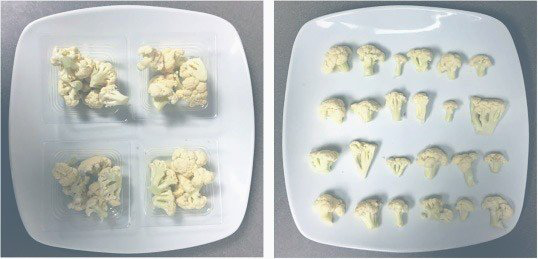Not eating your fruits and vegetables can have serious health consequences, from obesity to macular degeneration. And many people, even those who have easy access to these healthy foods, stubbornly resist eating them. Now, researchers from the University of Georgia have explored the psychology of how vegetables are presented and served, and how it affects consumption.
Previous research has shown that people consume less of a particular food when it is individually packaged in a smaller portion. For example, serving individually wrapped chocolates generally reduces consumption by making the eater more aware of the quantity.
“For chocolates, people have to inhibit the desire to eat more. Each decision point reminds them to stop, so the number of decision points actually increase consumption,” said the study's lead author.
However, researchers suggested that offering relatively less appealing foods (such as vegetables and other low-fat, low-sugar foods) in individual units could have the opposite effect and increase consumption.
“People have to initiate self-control to consume vegetables. More decision points may require more initiation. Separating food into a unit can reduce decision points. Because people also have an intrinsic desire for completion, they are more likely to complete a unit or portion, even if they are made of relatively unappealing options.”

The team conducted experiments where they randomly presented cauliflower in either whole presentation formats (all pieces on one plate) or a partitioned presentation format and measured consumption. In general, the people in the conditions did not eat different amounts of cauliflower. But they did find that the presentation format influenced consumption.
In the entire presentation format, most participants ate only one piece of cauliflower. In the partitioned format, participants were less likely to stop at one piece and more likely to eat a whole serving (either four or six pieces depending on the study).